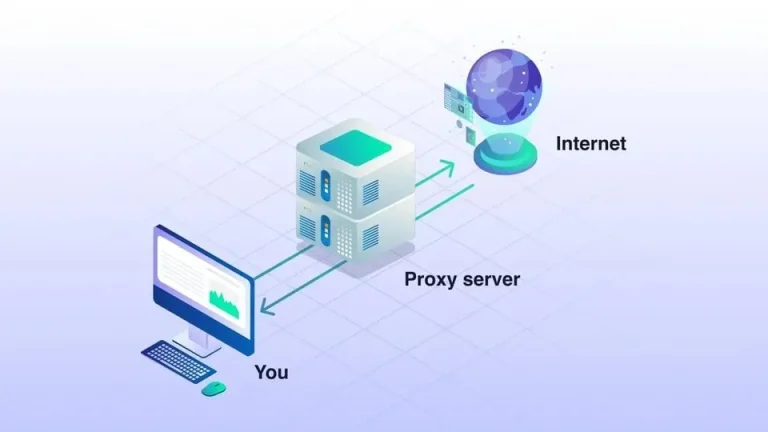Facing 40G network upgrades, how do you make the best choice among numerous optical modules? The answer lies in the details.
In today’s rapidly evolving data center technology landscape, 40G QSFP+ optical modules, with their high cost-effectiveness and mature ecosystem, remain an ideal choice for network upgrades for many small and medium-sized enterprises.
Faced with different transmission requirements and technical routes, accurately selecting the most suitable 40G QSFP+ optical module has become a key challenge for network engineers. This article will analyze how to make the best decision based on your actual scenario.
The King of Short-Range Transmission: QSFP-40G-SR-BD
The QSFP-40G-SR-BD optical module is a cost-effective solution for short-range data transmission. It uses bidirectional transmission technology, enabling simultaneous signal transmission and reception through a single multimode fiber.
This module operates at 850nm and 900nm wavelengths and has two 20Gbps optical signal transceiver channels.
In terms of transmission distance, OM3 fiber can reach 100 meters, while OM4 fiber can extend to 150 meters.
Its biggest advantage is its ability to fully utilize existing full-duplex LC patch cords in 10G cabling systems, eliminating the need for additional fiber optic distribution boxes and significantly reducing upgrade costs and complexity.
Medium-to-Long Distance Solution: QSFP-40G-LR4-S
For scenarios requiring longer transmission distances, the QSFP-40G-LR4-S is the ideal choice. It employs CWDM (Coarse Wavelength Division Multiplexing) technology, operating at four wavelengths: 1271nm, 1291nm, 1311nm, and 1331nm.
This design allows it to easily work with single-mode fiber patch cords, using full-duplex LC connectors, achieving a maximum transmission distance of up to 10 kilometers, far exceeding the limitations of the SR-BD module. The 20km version 40GBASE-LR4 QSFP+ is also available in the market.
Although the LR4-S module itself is more expensive, its ability to fully utilize existing single-mode fiber infrastructure can actually reduce the total cost of ownership in certain scenarios.
Key Decision-Making Factors: Four Core Considerations
Transmission Distance Requirements
This is the most basic selection criterion. For short-distance transmission within a data center rack or the same server room, the SR-BD module fully meets the requirements and is more economical.
When equipment is distributed across different buildings or floors, requiring longer-distance connections, the advantages of the LR4-S module become apparent.
Existing Fiber Infrastructure
Assessing the current cabling system is a crucial step in the selection process. If multimode fiber is already deployed, the SR-BD module is seamlessly compatible.
If single-mode fiber is already in place or longer transmission distances are anticipated in the future, the LR4-S is a more suitable choice.
Power Consumption and Heat Dissipation Design
In terms of energy consumption, the SR-BD’s VCSEL laser consumes only 43% of the power of the LR4-S, making it more suitable for high-density switch deployments.
The LR4-S, on the other hand, requires additional consideration for laser heat dissipation; airflow design must be optimized in high-temperature environments.
Cost and Future Upgrade Path
In the short term, SR-BD modules are typically about 30% cheaper than LR4-S modules. However, if new multimode fiber is required, the total cost may surpass SR-BD.
In the long term, the CWDM wavelengths of LR4-S can be directly reused in 100G networks, reserving space for network upgrades over the next 3-5 years.
Practical Selection Guide
Based on different application scenarios, we summarize the following selection recommendations:
Internal Data Center Connections:
For connections between rack-top switches and servers, prioritize QSFP-40G-SR-BD modules to fully utilize their low power consumption and low cost advantages.
Campus Network Backbone Connections:
For cross-building or long-distance transmission, the 10km transmission capacity of QSFP-40G-LR4-S modules perfectly meets the requirements.
High-Density Computing Environments:
In scenarios with strict heat dissipation requirements, the low-temperature characteristics of SR-BD modules are more suitable for high-density deployment.
Future Expansion Considerations:
If a future upgrade to 100G is planned, the LR4-S module offers a smoother upgrade path.
Conclusion
In short-distance connections within data centers, the QSFP-40G-SR-BD is an ideal choice due to its low power consumption and low cost. However, when facing data transmission across buildings, campus networks, or over longer distances, the QSFP-40G-LR4-S’s 10km transmission capability plays an irreplaceable role.
The network environment is constantly changing, and today’s decisions influence tomorrow’s development. Only by fully understanding business needs and technical characteristics can the wisest choice be made in selecting 40G QSFP+ optical modules.







